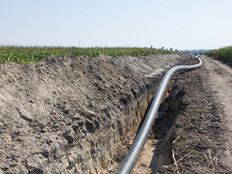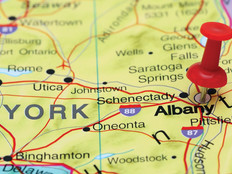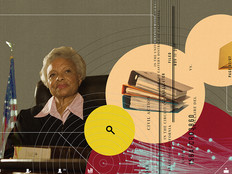San Francisco Prepares for Future with Citywide IoT Network
The Internet is ubiquitous, influencing every area of life. To make the best use of the Internet’s near limitless range, San Francisco has revealed a brand-new wireless network intended to harness the various Internet of Things technologies.
Utilizing small, low-power antennas, the network shares small quantities of data between connected devices via ISM band frequency, StateScoop reports. The city also found a way to create the networks in a cost-effective (i.e., free) manner: leasing space on the roofs of its public libraries. San Francisco city and county CIO Miguel Gamino says this was key to making the network — the first of its type — a reality.
“With those stations on the libraries, they have established a citywide blanket of connectivity that’s specific to this IoT network application,” Gamino told StateScoop.
With all of the possibilities, what does San Francisco plan to do with this IoT network? According to StateScoop, connecting the network to parking meters and street lighting are options that have been considered. But Gamino says the city is more focused on using the network to “build the environment” than on identifying one use for it.
“There have been previous iterations of IoT sorts of applications that are very use case specific,” Gamino said. “We’ve built a citywide network that’s intended for IoT applications, but it’s not driven by a specific use case.”
Certain states and localities are already weaving IoT technology into their operations, so San Francisco has examples to look to as its network develops.
Kansas City, Mo., plans to deploy digital kiosks, smart lighting and a smart-water innovation development project in addition to a Wi-Fi network that will work in conjunction with the various devices. Kent School District, in Washington state, gave broadband access a boost by installing mobile hot spots in places such as banks, grocery stores and churches.
With Gartner projecting that 25 billion IoT devices will be in use by 2020, IoT figures to have a tremendous impact on how local governments operate in the future. San Francisco may not know exactly how its IoT network will be used, but creating one has already given the city an advantage.









